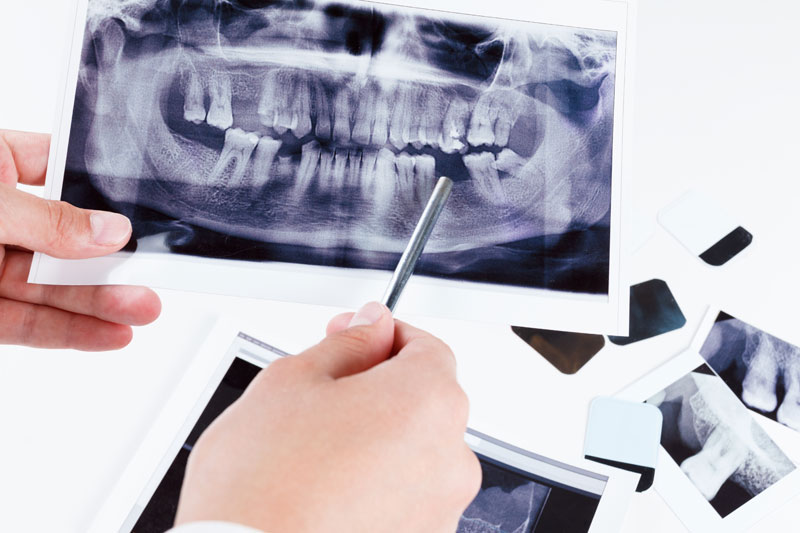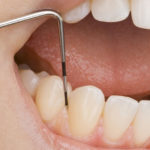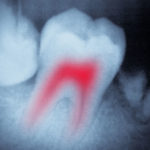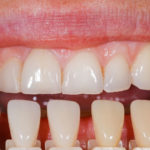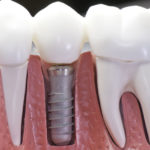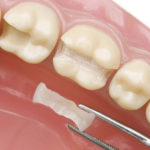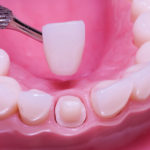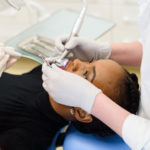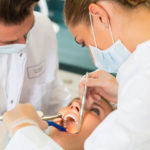Why replace missing teeth?
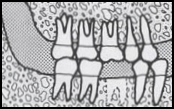 Normal arrangement of teeth immediately following the removal of one tooth.
Normal arrangement of teeth immediately following the removal of one tooth.- With time, if even one tooth is missing, the space may cause:
- teeth in front of space to drift back creating spaces in between front teeth.
- teeth behind space to tilt forward.
- tooth above space to erupt down.
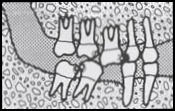 Because these teeth drift out of position, several conditions may occur:
Because these teeth drift out of position, several conditions may occur:
- severe occlusal (bite) problems that could lead to clicking of the jaw. headaches and jaw pain.
- hard to clean areas are created which will lead to tooth decay and gum disease.
How to replace missing teeth
Fixed Bridge
- A fixed bridge is cemented in place over the teeth just like a single crown.
- They are not removable.
- As in a crown, a bridge can be made of white porcelain. gold, a silver colored metal, or a combination of these.
 A fixed bridge is the most realistic method of replacing teeth, both in appearance and chewing comfort.
A fixed bridge is the most realistic method of replacing teeth, both in appearance and chewing comfort.
Removable Partial
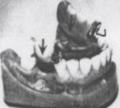 A removable partial is designed to be inserted and removed by the patient.
A removable partial is designed to be inserted and removed by the patient.- It is held in place by metal clasps surrounding your natural teeth.
- It can be used in place of a fixed bridge or in cases where a fixed bridge cannot be used.
- Consult your dentist to help you decide whether the fixed bridge or removable partial is better for you.
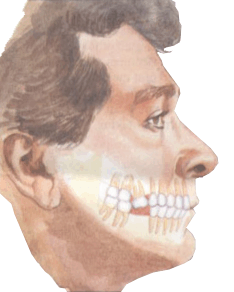 One missing tooth can cause the position of other teeth to change. The space left by the missing tooth may cause some teeth to tilt forward, or opposing teeth to move down. A missing tooth can also create spaces between your teeth, changing your bite and smile.
One missing tooth can cause the position of other teeth to change. The space left by the missing tooth may cause some teeth to tilt forward, or opposing teeth to move down. A missing tooth can also create spaces between your teeth, changing your bite and smile.
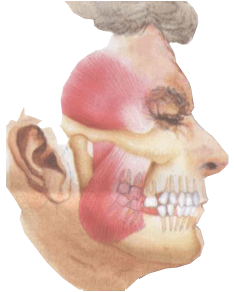 Shifting and drifting teeth could lead to changes in your chewing muscles, bones, and joints, making chewing difficult or painful. Teeth that have moved out of their normal position can tip over and become hard to clean. This can lead to tooth decay and gum disease.
Shifting and drifting teeth could lead to changes in your chewing muscles, bones, and joints, making chewing difficult or painful. Teeth that have moved out of their normal position can tip over and become hard to clean. This can lead to tooth decay and gum disease.

